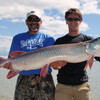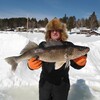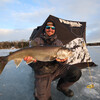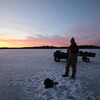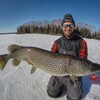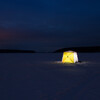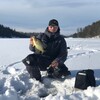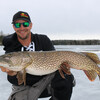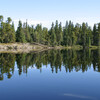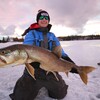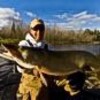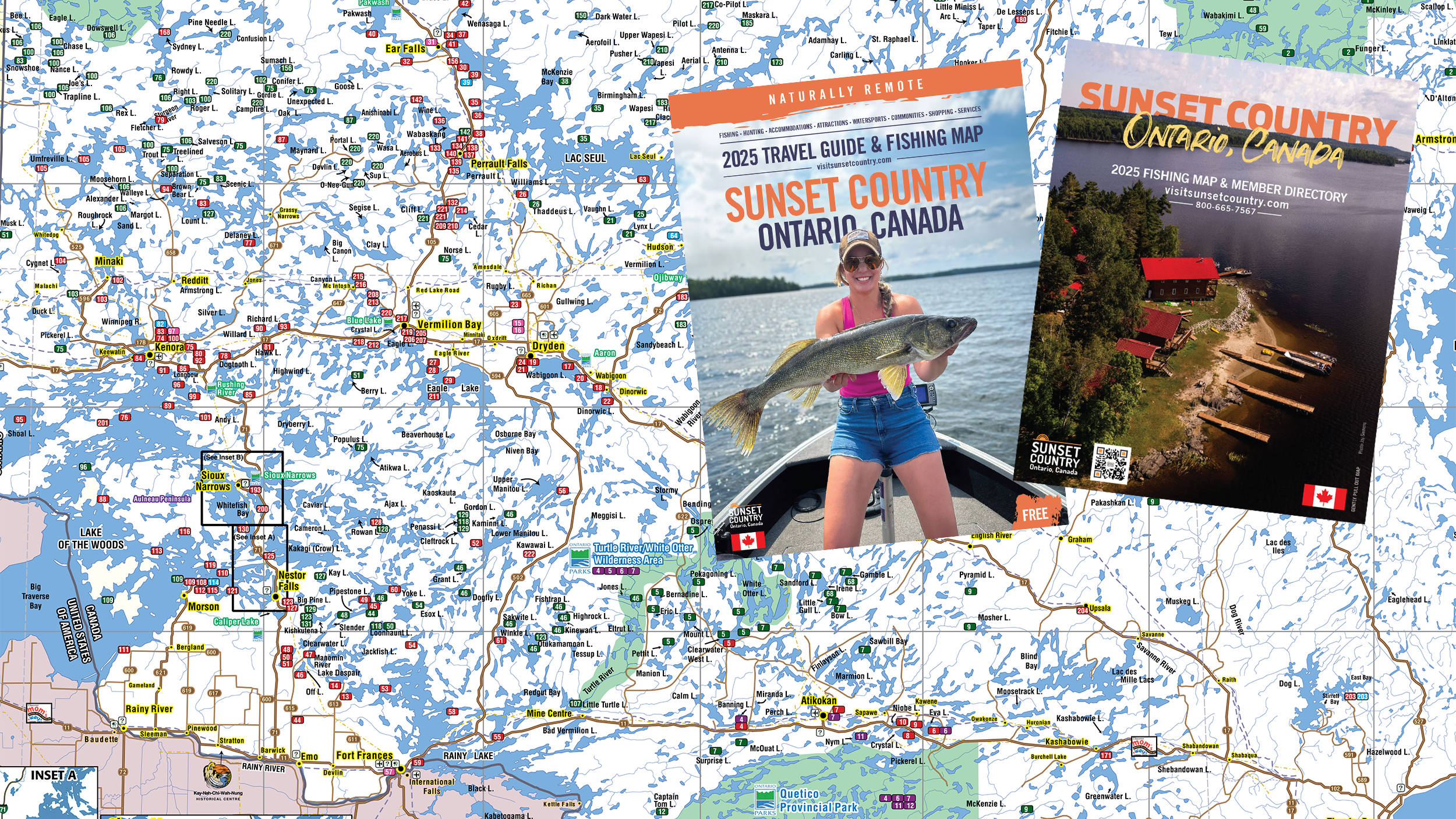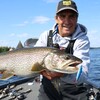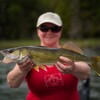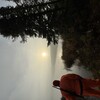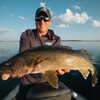
Swimbaits: A Simplistic Approach for Pike and Musky
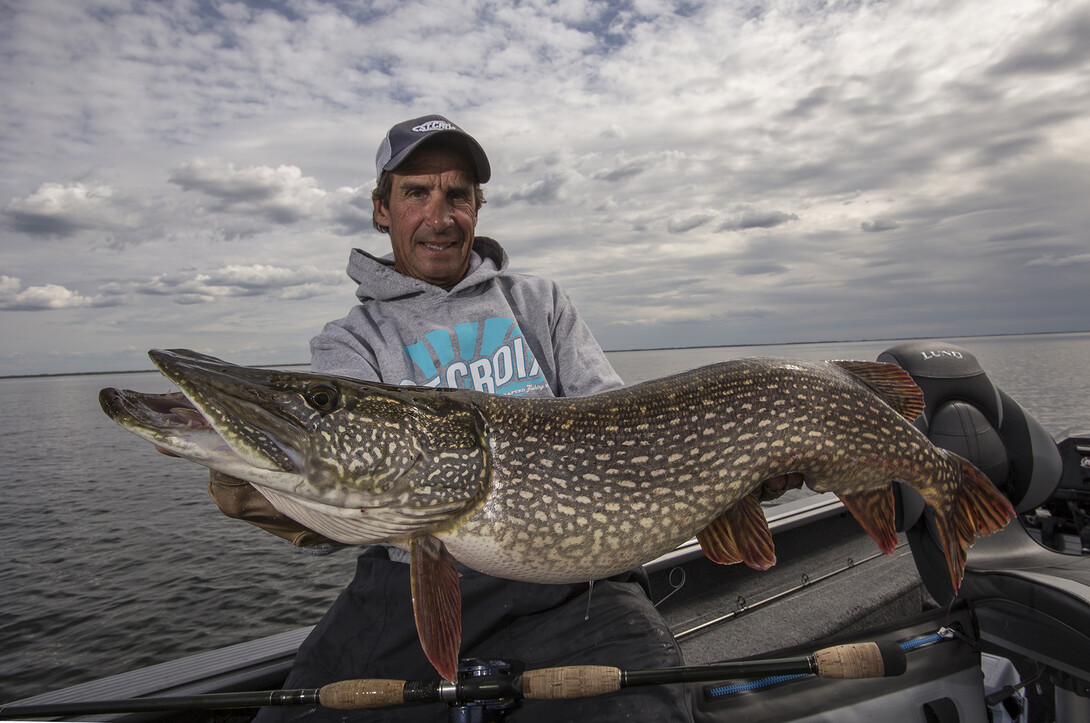
Light Tackle & Swimbaits Equals Esox Success!
Over the years, I've experimented with a lot of techniques and presentations. Some are incredible, but only in very specific situations. Other presentations have become consistent producers in a variety of conditions throughout the season. This is true almost everywhere but especially so in Ontario's Sunset Country.
Swimbaits have proven to be the most consistent producers. I'm talking soft plastic, paddle tail style swimbaits, most often fished on a jig. I fish 2-inch swimbaits on a 1/32-ounce jig for crappies and up to 7-inch swimbaits on a one-ounce jig for pike, muskies, and lakers. The later, larger sizes models are what we will discuss here.
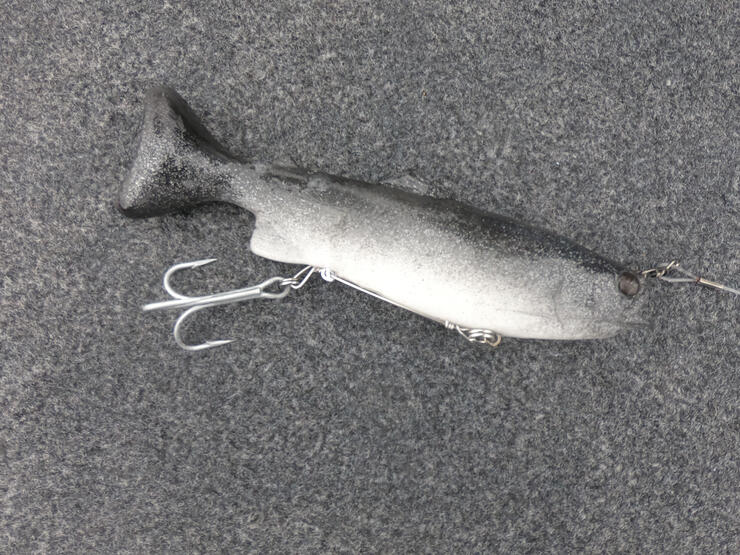
The swimbait system's beauty is its effectiveness in various depths and habitat types and its ease of use. Cast it out, reel it in, and you're in business. Anyone who has spent time musky fishing knows that throwing giant baits for hours on end is exhausting. Yes, it produces fish, but I've found fishing smaller baits with lighter equipment keeps me in the games longer. As a result, I'm fishing harder, longer, still catching muskies, plus I catch big pike and occasionally a big walleye.
A Go-To Strategy in Sunset Country
Swimbait fishing has become one of my go-to presentations for exploring the waters of Sunset Country. Here's my system, starting with the jig. I like VMC Boxer Jigs from 1/2- to 1-ounce. If I'm fishing shallow weeds, I'll go with the half-ounce jig; if I'm fishing deeper rock points or humps, I'll go with the one-ounce jig to get the bait down deeper.
Next is the plastic swimbait, there are many great options on the market today, but my go-to is the Big Bite Baits 7-inch Suicide Shad. This bait has a big presence in the water, it's the profile of the perfect food-sized Cisco for many gamefish, and the paddle tail moves a lot of water. I'll add a 3/0 treble hook to the jig hook to up my hooking percentage and secure it in place with a piece of rubber or shrink-tubing.
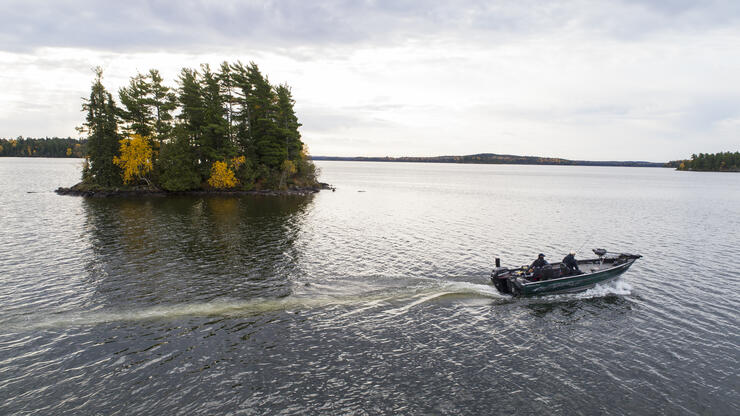
Working a Swimbait
If you've got a flippin' stick for bass, you're in business. I spool up with a 50-pound braid and run a short light wire leader to the jig. Now for presenting the bait — and this is the beautiful part — there's no wrong way to fish it. If it's wet, it's working!
I'll often bulge the bait right under the surface in shallow weed beds, just like you would a bucktail for muskies, but if the fish aren't reacting to that, I can slow down, making contact with the weeds and ripping it. It's amazingly weed-resistant. Sometimes the fish want it high and fast, other times low and slow, or even a pull and pause can be the ticket.
In most cases, you'd have to change lures to accomplish all of these retrieves, but this does it all. It's so easy that it feels like you're reeling in the air, but it feels like an air ball when pike and muskie bite — they inhale it!
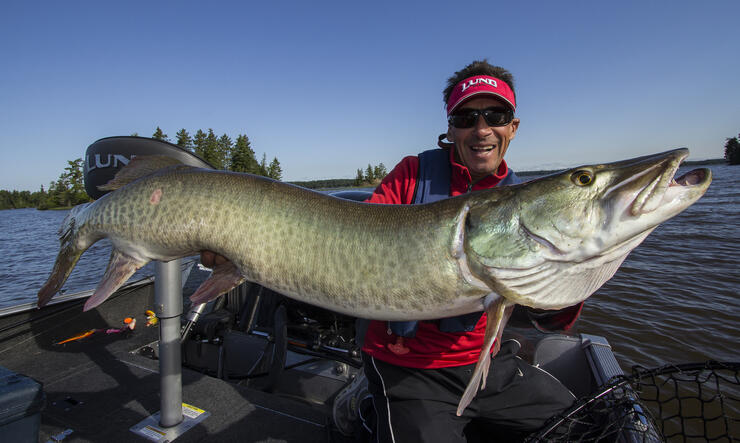
Later in the season, pike and muskies can be found near offshore humps or deep rocky points. Using a heavier jig, I count the bait down to depth and slowly roll it back to the boat like a crankbait, keeping it a few feet off the bottom. Also, I've seen situations where fish want nothing to do with baits moving on a horizontal plane. You can see big marks on your electronics, but they won't bite.
In this case, I'll try vertical jigging. Again, count the bait down to near the bottom, snap the bait up a couple of feet and let it fall on a slackline. The strike is often a visual cue of your line "jumping" on the fall. Pull back, and it feels like you've hooked a sack of potatoes.
Sometimes things come along in angling that changes the game — this happens to be one of them. On your next trip to Sunset Country, pack your flippin' stick or light musky rod, tie on a swimbait, and I guarantee you will be pleasantly surprised at what pulls back.
Recommended Articles
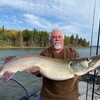
Is the 1,400 Kilometre Drive to Northwest Ontario For a Fishing Trip Worth it?
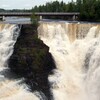
8 must-see waterfalls

6 Ways to Get Your 10,000 Steps This Fall
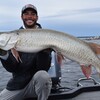
Top 5 Reasons You Should Be Fishing in Morson, Ontario

Discover The Winnipeg River
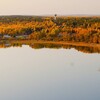
Enjoy Sunset Country's Fall Colours on Your Next Road Trip

Fishing in the Fall?
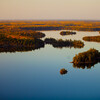
6 Reasons to Book a Fall Vacation to Sunset Country

10 Reasons to Avoid Ontario’s Sunset Country

Heading Across Canada?

A Guide to Sunset Country Museums
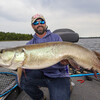
The Promised Land: Best Muskie Fishing in Ontario
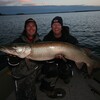
Fall Fishing Tips
5 Essential Boreal Experiences in Ontario's Sunset Country

5 Obscure Facts About Northwestern Ontario: Were You Aware of These?

Great Food in Relatively Unknown Places
Outdoor Medicine

A Guide to Bringing Your Pets on Vacation to Canada

There's more than just fishing in the Red Lake Region

5 Amazing Sights You Can Only See By Boat

Going Fishing in Canada?
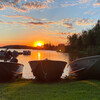
Going fishing in Ontario?

Outdoor Adventure in Ontario's Northern Paradise
Planning A Family Fishing Trip to Canada

Tips from a Fishing Legend
